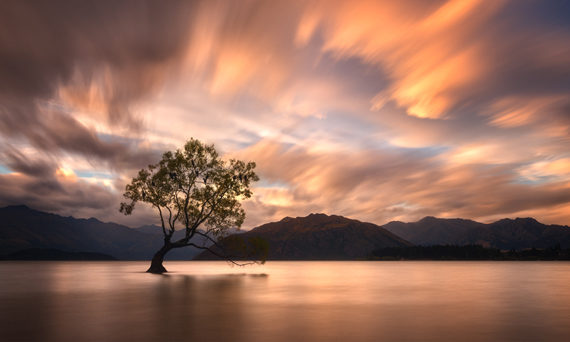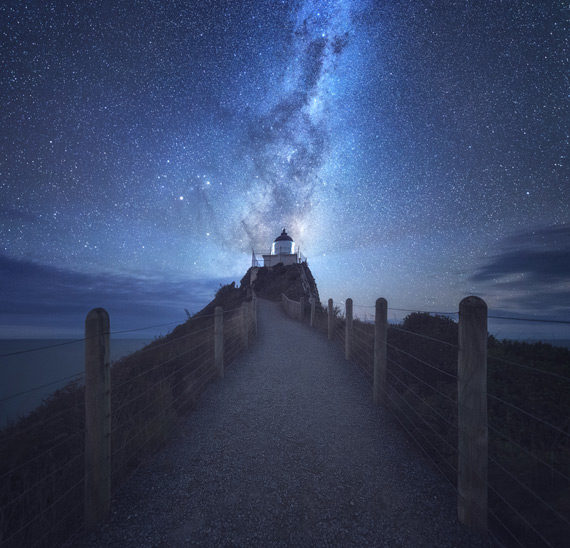Traveling photographer Jimmy McIntyre has been making quite a splash with his landscape photography. He was recently named one of the Top Photographers to Follow on 500px.com by Fstoppers.com, and you’ve got to admit, his landscape work is stunning. How did he get there? Check out this short clip where he shares his top five tips for improving your own landscape photography:
1. Plan Everything (Yes, Everything!)
This might seem like a no-brainer and many of us know to go out to get the golden hour light and make sure it’s not raining, but how many of us really take it beyond that? There are many, many other things to take into consideration when getting the best landscape shots—everything from the sun and stars to when birds are migrating or tides will be coming in. Doing your research and planning accordingly will bring you one step closer to ensuring that you get the shots you’re hoping for. For celestial events, McIntyre likes to use Photographer’s Ephermis and/or PhotoPills, but there are plenty of others.
2. Use an ND Filter (10-Stop or Higher)
Neutral density filters are filters that enable longer exposure times by reducing the amount of light they lit into your camera. This can create amazing effects that aren’t easily recreated in post-processing. From capturing amazing cloud or water motion to transforming a tumultuous scene into something surreal and quiescent, they can really make your photos stand out from the crowd. Most people find that mastering 10-stop ND filters takes a lot of practice, but they’re well worth the effect.

3. Get Down Low When Composing
A lot of photographers get a little lazy when it comes to their shots, taking them from a standing or kneeling position, yet a low shot can really shake things up a bit. McIntyre finds that this position helps to bring out the leading lines of the foreground.
4. Plan a Trip Around a New Moon Phase
If you’re into photographing celestial events, you’re probably already well-acquainted with this idea, as the new moon is clearly the best time to shoot the Milky Way. It just also happens to be a great time for low tides and, if you’re doing more than just celestial photography, you’ll get in at least one set of either morning or evening golden hour photography. Double win!
5. Arrive Early
Another no-brainer, yet how many of us have found ourselves harried because we weren’t quite set up right when the magical moment we’d been waiting for appeared? Getting to your location early and getting fully set up with plenty of time to spare can make a huge difference in this part of things—it might even allow you to get bonus shots you weren’t expecting.

These tips just go to show that, while it may look like it on 500px, getting great landscape shots isn’t all about post-production. And while all of these tips may seem pretty simple and obvious (well, except for using the ND filters), they’ve made quite a difference in McIntyre’s photography.
Have any other landscape tips? Let us know!
Go to full article: 5 Key Tips to Improve Your Landscape Photography
What are your thoughts on this article? Join the discussion on Facebook
Article from: PictureCorrect
The post 5 Key Tips to Improve Your Landscape Photography appeared first on PictureCorrect.